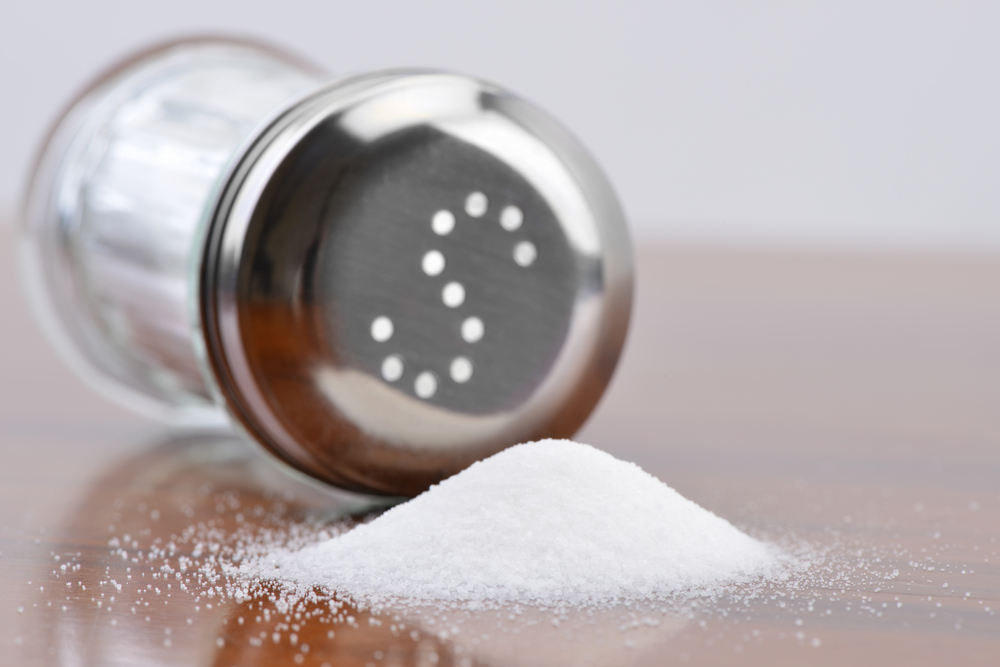MECHANISMS OF SALT TASTE
Sodium chloride—once dissociated into ions (individual atoms that carry an electrical charge)—imparts salt taste.
It is now widely accepted that it is the sodium ion (Na+) that is primarily responsible for saltiness, although the chloride ion (Cl−) plays a modulatory role (Bartoshuk, 1980).
For example, as the negatively charged ion (anion) increases in size (e.g., from chloride to acetate or gluconate), the saltiness declines.
Many sodium compounds are not only salty but also bitter; with some anions, the bitterness predominates to such a degree that all saltiness disappears (Murphy et al., 1981).
It is believed that there are two or more types of receptors in the oral cavity, primarily on the tongue, that are responsible for triggering salt tastes (Bachmanov and Beauchamp, 2007), but major gaps in the understanding of salt taste reception remain.
The most prominent hypothesis, which has been demonstrated in mice and rats, is that one set of receptors playing a role in salt taste perception involves ion channels or pores (Epithelial sodium [Na] Channels: ENaCs).
ENaCs allow primarily sodium (and lithium) to move from outside the taste receptor cell, where it has been dissolved in saliva, into the taste cell.
The resulting increase in Na+ inside the taste cell causes the release of neurotransmitters that eventually signal salt taste to the brain (Chandrashekar et al., 2010; McCaughey, 2007; McCaughey and Scott, 1998) (Figure 3-4).
Because sodium and lithium are the only ions known to produce a purely salt taste, it is believed that these sodium- and lithium-specific channel receptors play a major role in sensing saltiness (Beauchamp and Stein, 2008; McCaughey, 2007).


